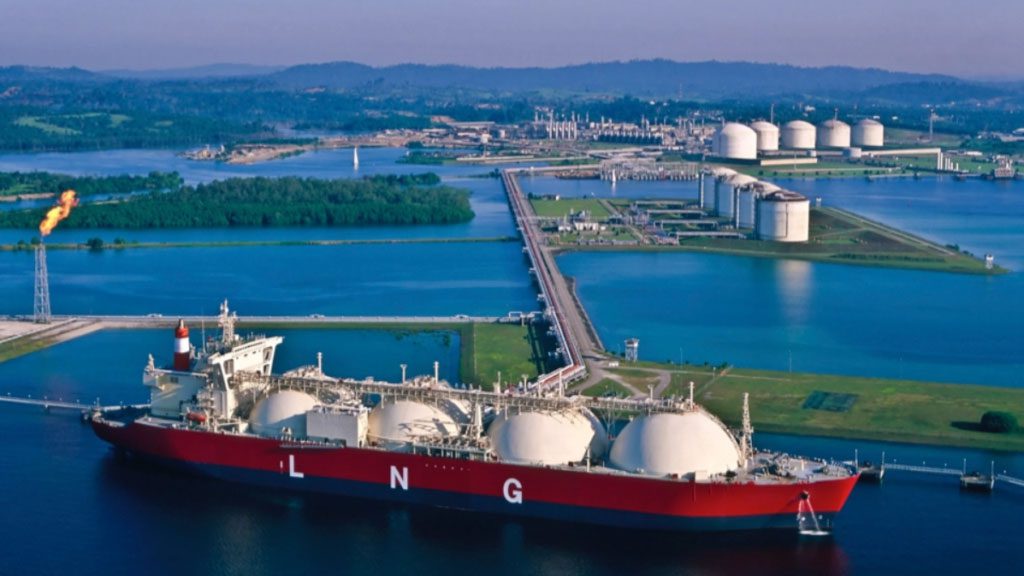28 November 2024
Natural gas imports in Greece increased by 13%.

Natural gas imports in Greece increased by 13.47% while exports almost tripled (294.73%) compared to the same period in 2021.
Concept
The increasing trend in total imports for natural gas in Greece continues, driven by gas exports. Mainly towards Bulgaria, according to DESFA’s data for the first 9 months of 2022. Note that, the LNG Terminal at Revithoussa is the main gas entry gate of the country during this specific period. Additionally, the interconnection point to the TAP pipeline (Nea Mesimvria) also contributes significantly to gas inflow in the NNGS.
Specifically, according to the relevant data of DESFA for the period January – September 2022, the total demand for natural gas (domestic consumption & exports) increased by 13.47%. Hence, reaching 65.39 Terawatt hours (TWh) from 57.63 TWh, compared to the same period of the last year. Domestic consumption decreased by 14.25% from 52.46 TWh to 44.98 TWh. In the meantime, there was a notable increase in natural gas exports by 294.73%, from 5.17 TWh to 20.41 TWh.
Natural Gas Imports
The largest quantities entered from Revithoussa LNG Terminal, which covered 42.62% of imports, achieving a record increase. Specifically, about 27.85 TWh of LNG unloaded from 60 vessels from 6 countries. Thus, compared to approximately 18.14 TWh from 25 vessels in the corresponding period of the previous year. The increase mainly concerns LNG cargoes from the USA, which reached 18.67 TWh, compared to 8.04 TWh in the same period last year. Considering that, the USA remaining the largest importer of LNG in the country with a percentage of 67.05%. Second in place were imports from Algeria (3.95 TWh). Followed by Nigeria (2.07 TWh), Egypt (2 TWh) and Oman (1.03 TWh), with Indonesia (0.11 TWh) being in the last position.
Regarding the contribution of the remaining entry points, the entry point of Sidirokastro covered 35.7% of imports (23.34 TWh). Followed by the Nea Mesimvria entry point, which connects to TAP, covering 19,16% of imports (12.53 TWh), with the quantities imported through this point which increased by 27.54% compared to the same period in 2021. Finally, the interconnection point in Kipoi, Evros, covered 2.5% of imports (1 .64 TWh).
Distribution
As far as the gas consumers’ categories are concerned, electricity producers continue recording the highest consumption. Hence, covering 73.7% of the domestic demand with 33.15 TWh out of a total of 44.98 TWh consumed. This is an amount 6.24% lower than the demand of the same period last year. Consumption recorded by households and businesses through distribution networks increased by 5.46% compared to the first half of 2021. Thus, amounting to 9.58 TWh and corresponding to nearly 21.30% of the demand. Consumption by domestic industries and CNG in the first half of 2022 was at the level of 2.24 TWh, with a downward trend of 71.96% compared to the first half of 2021 while it covered the 4.99% of the total demand.
DESFA
DESFA’s infrastructure continues to contribute substantially to the diversification of gas supply sources and the security of supply. Finally, the liberalization of the energy market and the Third-Party Access TPA, under which DESFA operates, strengthen price competition. Third-party access (TPA) is governed by the provisions of the European Union and national law, ensuring open access to any interested party.
Source: DESFA
See Also
Corinth Pipeworks will fabricate and supply the piping for the Alexandroupolis FSRU natural gas pipeline by Gastrade. Hence, connecting to the National Natural Gas Transmission System of Greece and transmitting to Northeastern Europe.

Piping supply for the Alexandroupolis FSRU pipeline
Corinth Pipeworks will fabricate and supply the piping for the Alexandroupolis FSRU natural gas pipeline by Gastrade.


